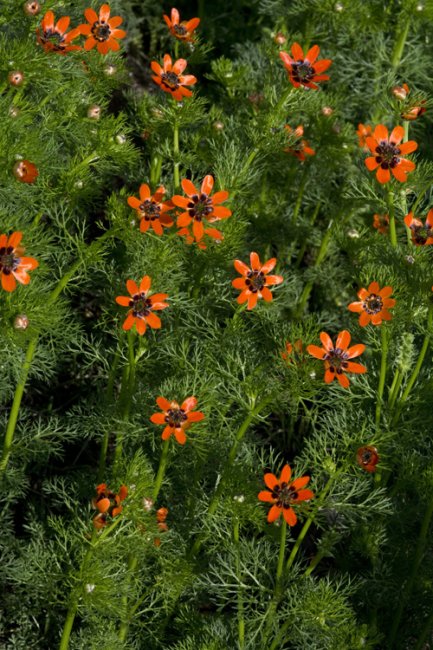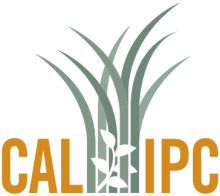Climate Matching Map
| Attachment | Size |
|---|---|
| ClimateMatch_CA_Adonis_aestivalis.pdf (1.12 MB) | 1.12 MB |
1. Question 1
2. Question 2
3. Question 3
4. Question 4
5. Question 5
6. Question 6
Adonis aestivalis does occur in cooler climates than those that match California. There are some dense occurrences outside the climate matching California in northern France, western Belgium, and Germany. There are scattered occurrences outside the climate matching California in the UK, Sweden, Finland, Poland, Ukraine, and Russia.
7. Question 7
8. Question 8
9. Question 9
Adonis aestivalis can be toxic to humans and fish, but problems are less likely to occur considering that Adonis aestivalis is known as a weed of cultivated areas and pastures. Adonis aestivalis contains cardiac glycosides, which can be poisonous to humans, and should only be used medicinally under medical supervision (Maham and Sarrafzadeh-Rezaei 2014). Smaller-sized rainbow trout that were fed a diet containing Adonis aestivalis flowers had mortalities whereas fish on a diet containing Adonis aestivalis pigment extract did not experience mortalities (Kamata et al 1990).
10. Question 10
11. Question 11
12. Question 12
13. Question 13
14. Question 14
15. Question 15
16. Question 16
17. Question 17
18. Question 18
19. Question 19
20. Question 20
Evaluation Notes
Calflora: https://www.calflora.org/app/taxon?crn=104 Accessed: 07/21/2022 GBIF: https://www.gbif.org/species/5371707 Accessed: 07/21/2022 iNaturalist: https://www.inaturalist.org/taxa/57426-Adonis-aestivalis Accessed: 07/21/2022 Jepson eFlora: https://ucjeps.berkeley.edu/eflora/eflora_display.php?tid=11986 Accessed: 07/21/2022 Outside Pride: https://www.outsidepride.com/seed/flower-seed/adonis.html Accessed: 07/21/2022 Plants for a Future (PFAF): https://pfaf.org/User/Plant.aspx?LatinName=Adonis+aestivalis Accessed: 07/21/2022






